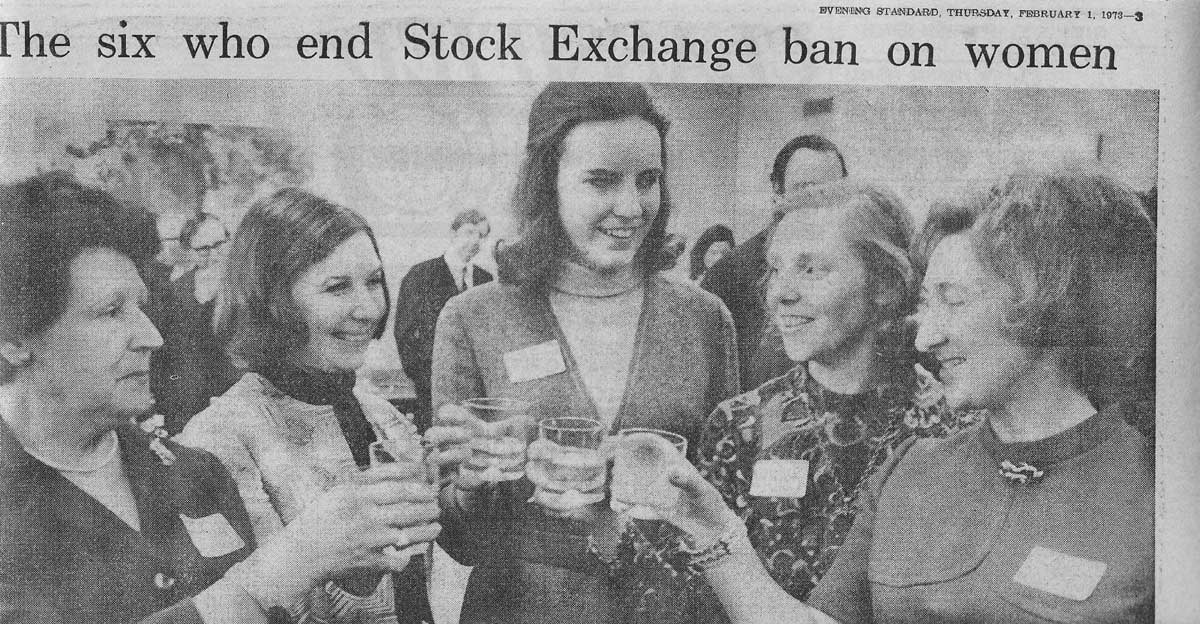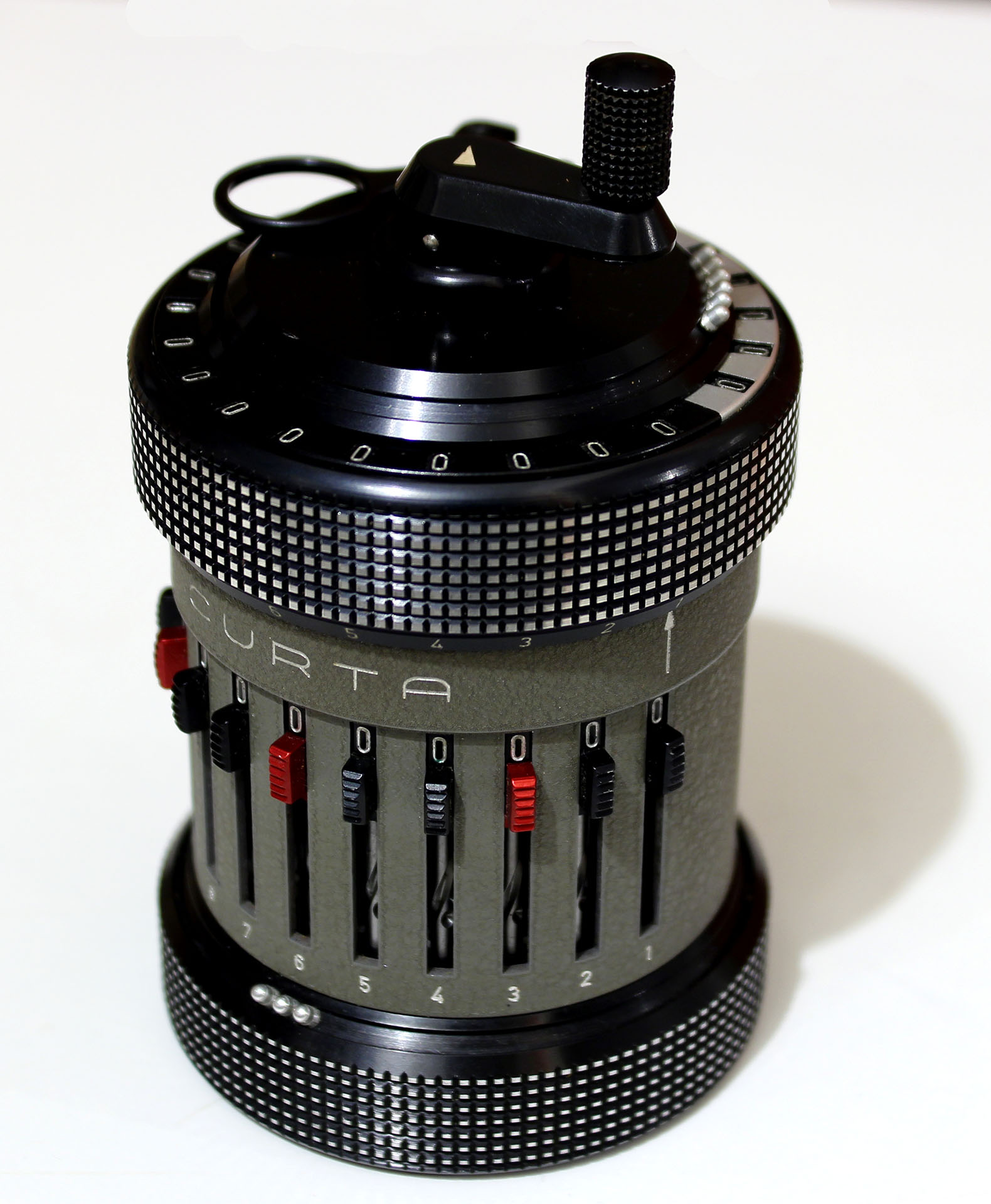Hilary Pearson
One of the first women to trade at the London Stock Exchange
Charlcutt resident, Hilary Pearson (ne’e Root)
In 1969, I joined Sheppards and Chase, stockbrokers of 140 years' standing and brokers to the Indian Government in the 19th Century, - possibly not a logical progression after reading Spanish and French at university, and a leap of faith also for the partnership as they had never employed a woman at executive level before.
Stockbroking in those days bore little relation to "fund management" now. The firm's computer took up a whole room and produced vast quantities of the basic paperwork - contract notes, transfer forms, statements. Every contract note had to be signed by a partner - it was several years before we had a facsimile signature. There were no desk top terminals nor electronic calculators. I shared a cylindrical mechanical calculator called a Curta which was only one step removed from a slide rule!
I arrived in the City towards the end of the Australian mining boom and four years later, in February 1973, the London Stock Exchange admitted women members for the first time. I regret to say this happened at the start of the bear market which lasted until December 1974 and which saw the Stock Market lose 73% of its value. No wonder the members had tried to keep women out! I well remember the three day week working by candlelight.
The advance of technology in stockbroking as elsewhere had its advantages and disadvantages. In the early days, every deal was agreed on the Stock Exchange floor between a jobber and a broker, between whom "My word is my bond". At the time of the next "crash" in 1987, deals were taking place by telephone based on prices on computer screens which could change every second and were highlighted in red and blue. This was not conducive to calm conditions and was liable to cause panic, particularly among those who had never seen a bear market before.
I was offered a partnership in 1976 – a lone woman amongst 38 charming men! I was the only female partner in the firm's history as it was taken over at the time of Big Bang in 1986.
Photo of news clipping-

Hilary is the person in the centre celebrating with her colleagues.
The Curta
The Curta is a small mechanical calculator developed by Curt Herzstark. The Curta's design is a descendant of Gottfried Leibniz's Stepped Reckoner and Charles Thomas's Arithmometer, accumulating values on cogs, which are added or complemented by a stepped drum mechanism. It has an extremely compact design: a small cylinder that fits in the palm of the hand.

